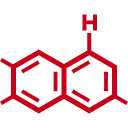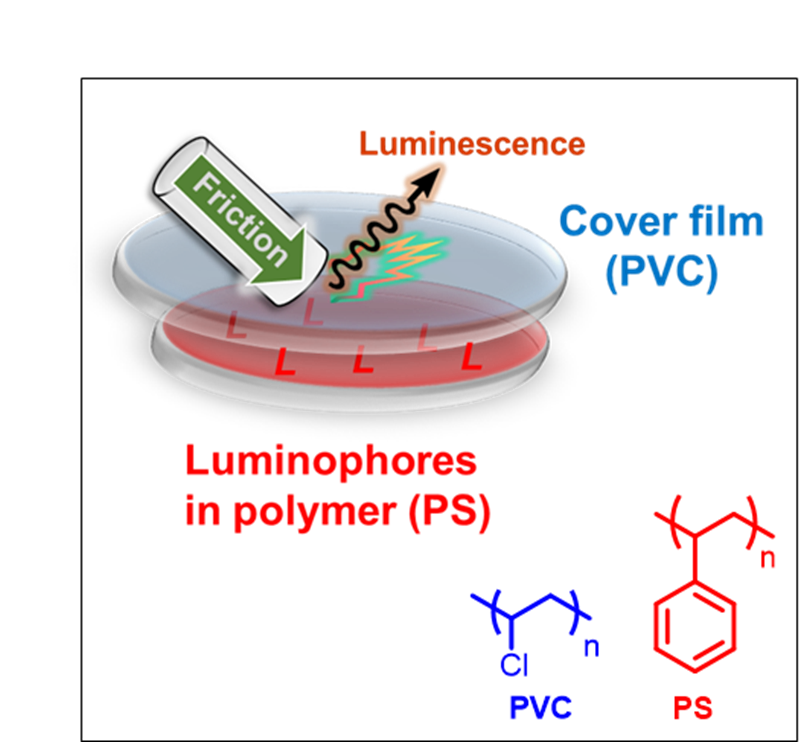Light-Emitting Smart Polymer Films (No. 0206)
|
|
<< Back to all technologies |
Summary
A novel method to generate light emission in blended polymer films in response to mechanical action.
The global smart material market size is anticipated to reach USD 98.2 billion by 2025, expanding at a CAGR of 13.5% over the forecast period. Smart materials are advanced products, which can sense and respond to a broad range of stimuli, including electric and magnetic fields, temperature, pressure, mechanical stress, hydrostatic pressure, nuclear radiation, and pH change. Triboluminescent (TL) materials are examples of smart materials that produce light emission in response to mechanical action and has attracted significant interest due to their wide range of potential utilization for mechanoresponsive sensors, light emitting devices, etc. However, some problems with this TL material are that fracture is needed in the case of crystalline systems and there is limited biocompatibility. Here we present a promising light-emitting smart material developed by a group of researchers led by Prof. Julia Khusnutdinova. The smart material is based on a blend of polymer films and luminophores, which, upon mechanical action, will emit light.
Applications
- Mechanical Sensor
- Light-emitting fabrics and paints
- Self powered display
Advantages
- Very simple processing method
- Crystalline state not required
- Biocompatible materials are available
- Reversible
Technology's Essence
The technology is based on a general approach to preparation of triboluminescent polymer films blended with a wide range of luminophores including biocompatible molecules. Wide range of polymer matrices can also be used. Light can be generated in these materials in response to rubbing, even in the absence of direct contact with the polymer (through the layer of another material). The response can be seen either under inert gas atmosphere or even under dry air and it does not require fracture or mechanical damage of the luminescent material (Reversible). The preparation of the polymer films involves simple physical blending of the polymer with a luminophore and does not required covalent attachment.
Media Coverage and Presentations
CONTACT FOR MORE INFORMATION
![]() Graham Garner
Graham Garner
Technology Licensing Section
![]() tls@oist.jp
tls@oist.jp
![]() +81(0)98-966-8937
+81(0)98-966-8937






